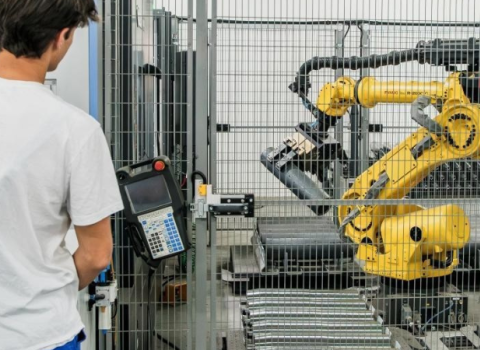Annual report on EU science, research and innovation performance defines challenges in a time of increasingly tense geopolitics

Photo credits: paulgrecaud / BigStock
The EU needs a strong science, research and innovation base more than ever, as it lags behind competitors in an uncertain geopolitical environment, according to this year’s 530-page stock-taking report on the Science, Research and Innovation Performance of the EU.
Three key bottlenecks are preventing Europe’s research and innovation system from reaching its full potential: an underutilised R&I ecosystem, deep and persistent R&I divides, and the technological gap with its competitors.
The findings of the European Commission’s report are important because a lack of ambition in research and innovation is increasingly seen as a stumbling block for the EU’s wider goals. Most recently, the Commission’s economic policy report blamed the bloc’s economic stagnation on low investment in R&I.
There are a few things the EU can do about it. First, it’s about the money. The EU’s research and development funding intensity currently stands at 2.2 % of its GDP. That’s lower than the US, Japan, South Korea and China. To bridge the gap, the EU needs more private investment in R&D.
Second, current geopolitical instability has created the need for more defence R&D. Today, European defence investments tend to prioritise buying defence equipment, technology development and production. The Commission wants Europe to take advantage of links with civilian R&D funds, such as EU research programmes, to support the development of dual-use technologies.
Third, the EU should make sure its policy supports the uptake of artificial intelligence tools in science. The AI revolution in research comes with challenges to jobs, ethics and privacy, but can also supercharge science. Maintaining a cutting edge in AI in science will be key to further bolstering EU’s solid research base.
Fourth, keep working on bridging regional R&D divides. There remain major disparities in research and innovation collaboration, spending and employment among EU regions, despite years of effort to redress this.
Fifth, don’t forget innovation. To maintain competitiveness and reach digital and green goals, the EU must convert science into innovation faster. Here, the Commission recommends a cocktail of a systemic approach to knowledge diffusion, strategic intellectual asset management, and enhanced collaboration across academia, industry, and governments.
Finally, the bloc should continue to strive for strategic autonomy in areas where US and China are ahead. These include digital domains, such as the Internet of Things and AI.
These are just a few focal points from the 530-page report on the state of R&D in Europe. Read the full report here, including chapters on specific issues, such as directionality in public research, green start-ups, green technologies, technology sovereignty, slowing global productivity growth and corporate investment.





 A unique international forum for public research organisations and companies to connect their external engagement with strategic interests around their R&D system.
A unique international forum for public research organisations and companies to connect their external engagement with strategic interests around their R&D system.